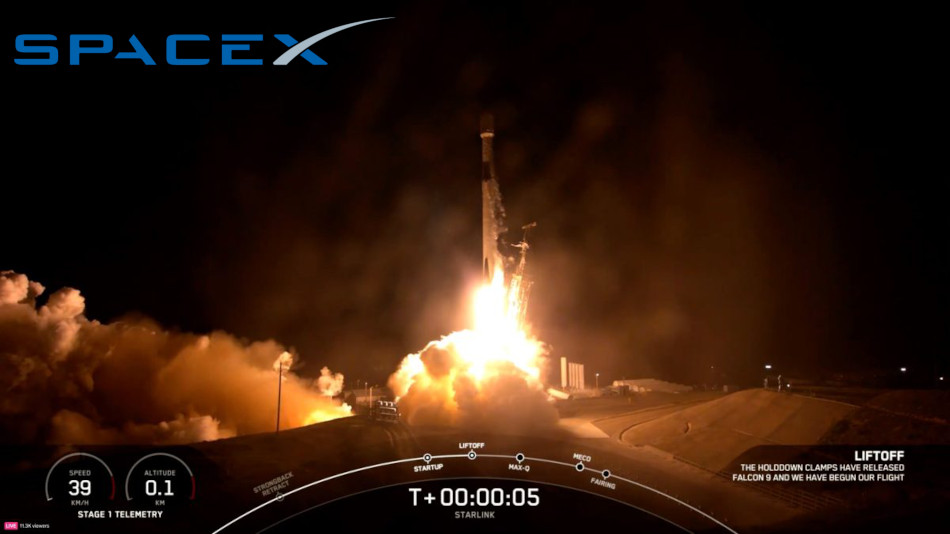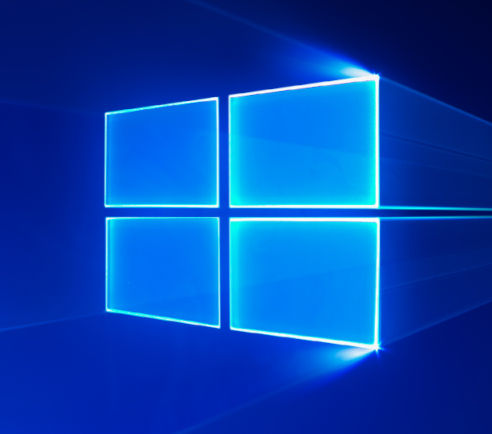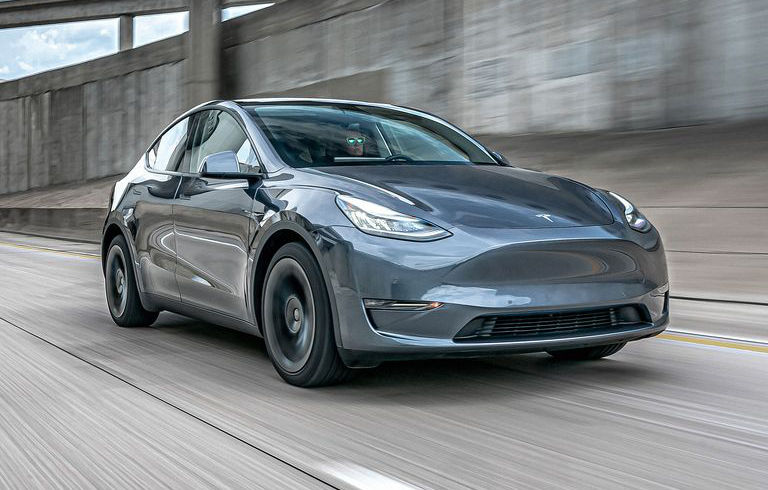
SpaceX's First Launch of 2024 Signals Major Advancements in Satellite Connectivity
Starlink V2 Mini Satellites Bring Direct-to-Cellphone 5G Connectivity with T-Mobile Partnership
NEWS News January 3, 2024 Reading time: 2 Minute(s)
Late last night, SpaceX achieved a significant milestone with the successful launch of its first rocket in 2024 from Vandenberg Space Force Base in California. This launch marked a crucial step forward in SpaceX's satellite internet constellation, as it included six Starlink satellites capable of providing direct-to-cellphone 5G connectivity, a result of the partnership with T-Mobile announced back in 2022.
Starlink-to-cellphone Connectivity
Originally planned for launch on the Starship Superheavy rocket, delays in its development led to the deployment of Starlink V2 mini satellites using SpaceX's reliable Falcon 9 rocket. These satellites are poised to offer T-Mobile customers direct-to-cellphone 5G connectivity, initially focusing on text messages. The long-term goal, however, is to expand this connectivity to include voice calls and eventually full data connections.
SpaceX initially projected data connections to range between 2 and 4 megabits per second per cellular zone. However, Elon Musk later revised this speed to 7Mbps per cell zone. While seemingly slow, this connection speed holds the potential to compete with Apple's SOS-via-satellites services, which have proven to be lifesaving in critical situations. The competition between the two connectivity types is distinct, with Apple relying on proprietary communication methods and additional hardware integration into iPhones, while SpaceX's approach leverages the more standard 5G signal.
Anticipated Timeline and Global Expansion
Elon Musk announced the partnership in August 2022, setting the expectation for the earliest connectivity to be active in late 2023. Although that timeline has been surpassed, SpaceX's website currently outlines plans for texting availability in 2024, with voice, data, and Internet of Things (IoT) applications following in 2025.
SpaceX has already established carrier partnerships in several countries, including the US, Australia, Canada, New Zealand, Japan, Switzerland, and Chile. Collaborating with these partners enables SpaceX to utilize dedicated 5G wavelengths in specific countries. As more cell carriers worldwide sign agreements with SpaceX's Starlink, reciprocal roaming agreements could potentially extend this basic connectivity to even more areas globally, ensuring essential connectivity for standard 5G cell phones wherever they are.
Starship Progress
SpaceX's Starship Superheavy, integral to the deployment of Starlink V2 satellites, faced challenges in its earlier attempts in 2023. The first orbital flight test on April 20th encountered issues with stage separation and multiple Raptor engine failures, leading to the termination of both stages. However, improvements were evident during the IFT-2 in November, with enhanced pad and rocket capabilities. Despite progress, Starship is still a considerable distance away from successfully deploying Starlink V2 satellites into orbit.
In conclusion, SpaceX's recent launch not only marks the company's first successful rocket mission of the year but also signals a significant leap in satellite connectivity. The Starlink V2 mini satellites, coupled with the T-Mobile partnership, showcase SpaceX's commitment to advancing global connectivity. As the company works towards expanding its services and overcoming challenges with the Starship Superheavy, the future promises exciting developments in the realm of satellite internet.
IMAGE CREDITS: SPACEX
Technology News SpaceX Starlink 5G connectivity Satellite internet T-Mobile partnership Starship Superheavy Global connectivity Space exploration Rocket launch RSMax
*Our pages may contain affiliate links. If you buy something via one of our affiliate links, Review Space may earn a commission. Thanks for your support!
THE LATEST
CATEGORIES

























COMMENTS